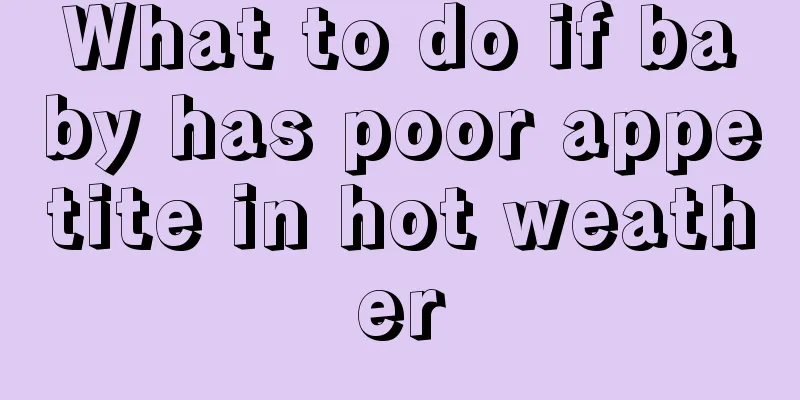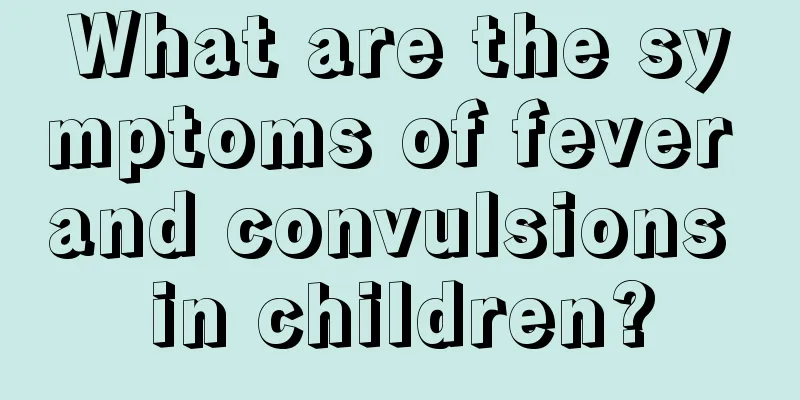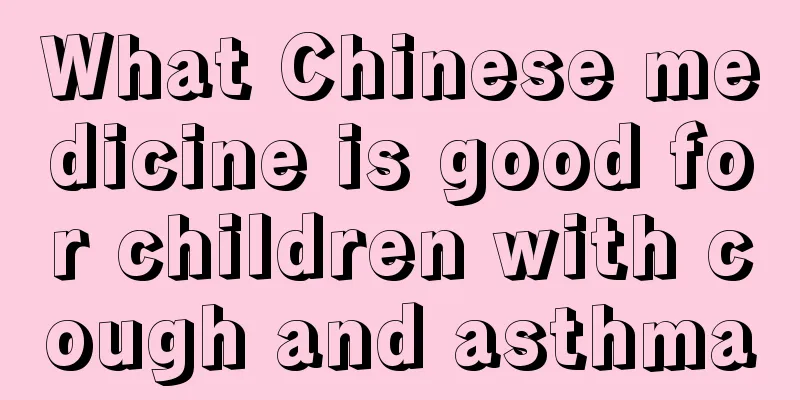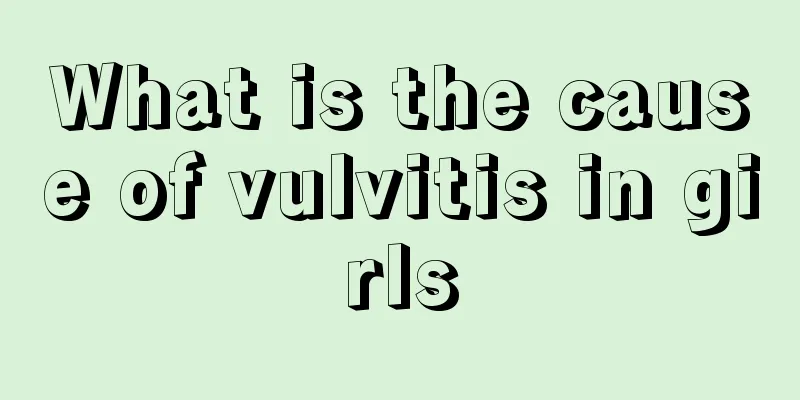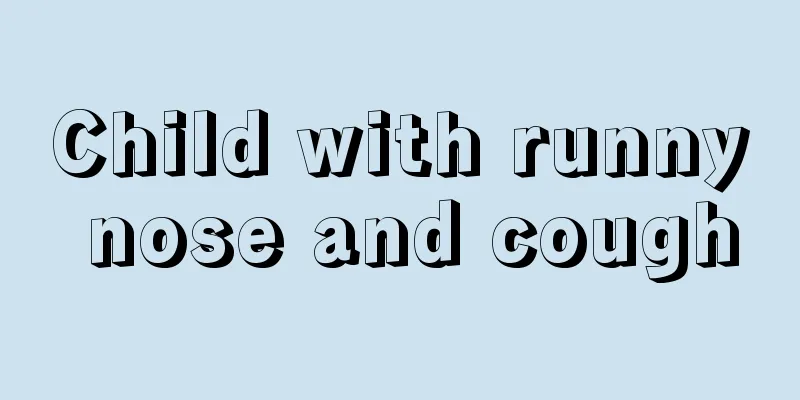Polio symptoms every parent needs to know!
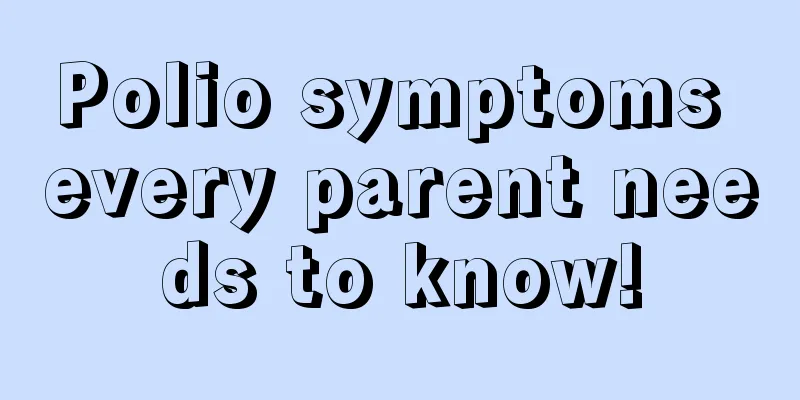
|
Children's symptoms after contracting polio vary. The severity of the disease varies. Some cases are relatively mild and the symptoms are very mild, even adults cannot notice them, but some symptoms are more serious and more difficult to treat. 1. Latent infection (asymptomatic type): accounts for 90-95% of all infections. No symptoms appear after infection. The virus reproduces only in the digestive tract, does not produce viremia, and does not penetrate into the central nervous system. However, the virus can be isolated from the pharynx and feces, and specific neutralizing antibodies can be detected in the body. If a susceptible person develops symptoms such as sweating, irritability, hyperesthesia, sore throat, pain in the neck, back and limbs, stiffness, and loss of tendon reflexes after contact with the patient, this disease should be suspected. The prodromal period should be differentiated from general upper respiratory tract infections, influenza, gastroenteritis, etc. Patients in the pre-paralysis stage should be differentiated from various viral encephalitis, purulent meningitis, tuberculous meningitis and epidemic encephalitis B. The incubation period is 3 to 35 days, usually 7 to 14 days. According to the severity of symptoms and the presence or absence of paralysis, it can be divided into latent infection, abortive type, non-paralysis type and paralysis type. 2. Abortive type (mild): accounting for about 4-8% of the virus invading non-neural tissues throughout the body. The clinical symptoms lack specificity and may include: ① upper respiratory tract inflammation symptoms, such as varying degrees of fever, pharyngeal discomfort, pharyngeal congestion and hyperplasia of the posterior pharyngeal wall lymphoid tissue, swollen tonsils, etc.; ② gastrointestinal symptoms, nausea, vomiting, diarrhea or constipation, abdominal discomfort, etc.; ③ flu-like symptoms, joint and muscle aches, etc. The symptoms last for 1 to 3 days and recover on their own. 3. Non-paralytic type: The polio virus invades the central nervous system, and the circulating nerve fibers spread throughout the body. Symptoms of this stage may appear at the beginning of the disease, but most patients may be asymptomatic or have reduced symptoms for 1 to 6 days after the prodromal period, and then enter this stage. 4. Paralysis type: accounts for about 1-2% of the infected people. It is characterized by lesions involving the gray matter of the anterior horn of the spinal cord, brain and cranial nerves on the basis of non-paralysis type clinical manifestations, leading to muscle paralysis. |
<<: Early symptoms of polio, be alert after reading these!
>>: Is polio hereditary? This is the truth!
Recommend
Is pediatric massage effective in treating colds?
Many families do not want to give their children ...
How often should a newborn baby drink water?
Drinking water is a very important thing in peopl...
Hip synovitis in children
Many people don’t know much about the disease phe...
Indications for children's amoxicillin dry suspension
Children's amoxicillin dry suspension is a dr...
What is the appropriate age for children to undergo circumcision surgery?
At what age is it better to perform circumcision ...
Is it normal for a one and a half year old baby to have thin and yellow hair?
Children are the apple of their parents' eyes...
Why is the baby irritable?
Babies' emotions are capricious and they cann...
What to do if your baby has swollen eyes and eye mucus
Every baby is a mother’s angel, and the baby’s he...
How to calculate the amount of milk powder for babies
As the baby continues to develop, it is necessary...
What documents are needed to register a child?
In addition to bringing joy to the family, the bi...
Detailed explanation of the symptoms of malnutrition in children
Infantile malnutrition can cause children to show...
The child has convulsions when he has a fever
When a child has a fever, parents should not worr...
Baby's favorite nutritious recipes
We all know that babies need nutrition when they ...
What to do if your child has tooth decay in his front teeth
Most children like to eat sweets, which can easil...
What to do if your child accidentally ingests preservatives
Generally, preservatives are found in puffed food...

